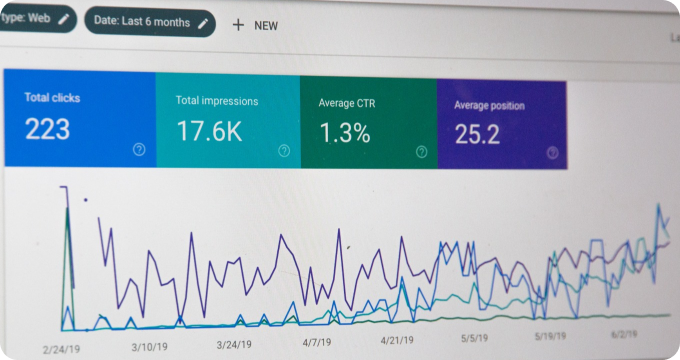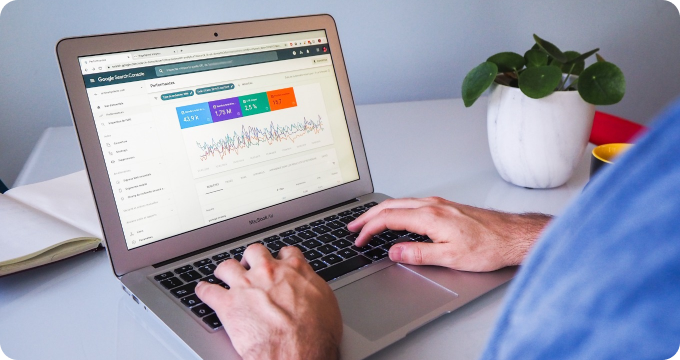The Future of Demand Forecasting Software: Predictions and Emerging Trends
- November 17, 2023
- 2 minutes
The realm of Demand Forecasting Software (DFS) is advancing with the speed of light, with novel technologies and innovative methodologies sculpting a fascinating future. Predicting the trajectory of this dynamic field can be as exciting as it is challenging. This discourse aims to delve into the contours of the emerging trends and future predictions that are likely to define the landscape of DFS.
First, we need to comprehend what DFS exactly is. Essentially, it is a computer-based tool that assists businesses in anticipating customer demand for products or services. The underlying objective is to optimize inventory levels, manage production schedules efficiently, and reduce costs. It utilizes historical sales data, sophisticated statistical algorithms, and predictive models to forecast future demand.
The efficacy of DFS lies in its precision and reliability, which are contingent on its underlying technology and methodology. With Artificial Intelligence (AI) and Machine Learning (ML) garnering global attention, it is essential to discuss their implications for DFS.
AI and ML are transforming the way we approach forecasting. They enable DFS to learn from historical data patterns, make complex calculations, and adjust forecasts based on real-time changes. The amalgamation of AI and DFS is not just a prediction but a reality already unfurling. The incorporation of AI facilitates more accurate demand predictions by identifying hidden trends and patterns that can potentially be missed by traditional forecasting methods.
Simultaneously, ML algorithms allow DFS to learn continuously and improve forecasting accuracy over time. They can also handle vast amounts of data and variables, making them ideal for large-scale and complex forecasting tasks. However, it is essential to highlight that while AI and ML are powerful tools, they still necessitate careful management and regular monitoring to ensure accurate and reliable forecasts.
Another emerging trend that is poised to revolutionize DFS is the integration of Big Data. Big Data is essentially a colossal volume of data generated from various sources, which can be analyzed to uncover trends, patterns, and associations, particularly relating to human behavior. Combining DFS with Big Data can significantly enhance forecasting accuracy by analyzing data from a wider range of sources, including external variables like market trends, economic indicators, weather forecasts, and social media sentiment.
However, the integration of Big Data into DFS also poses some challenges. One primary issue is data quality and consistency. With vast amounts of data streaming in from different sources, ensuring the data's accuracy and consistency becomes a complex task. Furthermore, storage and processing of such large volumes of data require substantial computational power, thus requiring businesses to invest in sophisticated hardware and software systems.
The concept of real-time demand forecasting is another exciting trend contributing to the evolution of DFS. Traditional forecasting models are often based on historical data and therefore tend to lag behind real-time demand changes. With the advent of digital technologies, businesses can now capture real-time customer behavior and adjust forecasts accordingly. Real-time forecasting allows businesses to be more agile, responsive, and customer-centric.
While these developments paint an optimistic picture of the future of DFS, it is essential to remain aware of the inherent trade-offs and challenges. The increasing complexity of DFS, with integrations of AI, ML, and Big Data, necessitates specialized technical expertise and substantial investments in hardware and software infrastructure. Moreover, the growing reliance on algorithms and automated processes may lead to over-reliance on technology and potentially overlook the human element in demand forecasting.
In conclusion, the future of DFS looks promising with AI, ML, Big Data, and real-time forecasting shaping its trajectory. While these advancements offer immense potential for enhancing forecasting accuracy and business efficiency, they also require careful management and strategic investments. Businesses must, therefore, strike a balance between leveraging technological advancements and maintaining a human touch in their forecasting processes. The success in the future of DFS will not only depend on the adeptness to embrace new technologies but also on the ability to adapt to an ever-changing business landscape.
Learn More
Unleash the power of prediction and stay ahead of the curve by diving deeper into our enlightening blog posts on demand forecasting software. For an unbiased, comprehensive view, they should not miss our meticulously curated rankings of the Best Demand Forecasting Software.
Popular Posts
-
 7 Compelling Reasons Why Your Business Needs Demand Forecasting Software
7 Compelling Reasons Why Your Business Needs Demand Forecasting Software
-
 The Future of Demand Forecasting Software: Predictions and Emerging Trends
The Future of Demand Forecasting Software: Predictions and Emerging Trends
-
 Ask These Questions to a Demand Forecasting Software Provider to Choose the Right Solution for Your Business
Ask These Questions to a Demand Forecasting Software Provider to Choose the Right Solution for Your Business
-
 How to Hire the Right Demand Forecasting Software for Your Business
How to Hire the Right Demand Forecasting Software for Your Business
-
 7 Things I Wish I'd Known About Demand Forecasting Software Before Implementing One
7 Things I Wish I'd Known About Demand Forecasting Software Before Implementing One






